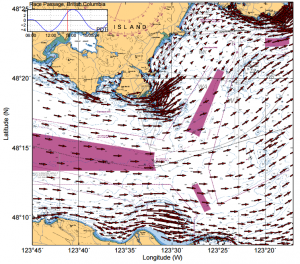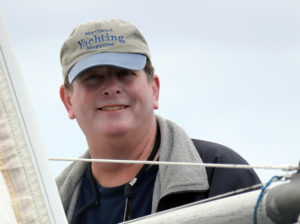Ed. Note, the inaugural Race to Alaska (R2AK) is for non-motorized boats. The first leg, tomorrow, is from Port Townsend to Victoria. On Sunday the fleet starts out for Ketchikan, Alaska. With a varied fleet and even more varied competitors, it will be a fascinating race to see who picks up the $10K at the end. More at r2ak.com. Kurt Hoehne wrote about the event here.
As it was almost certainly designed to do, tomorrow will quickly separate the contenders from the pretenders. And in the Straits tomorrow it won’t even be one of those wild days. Don’t worry, there will be plenty of opportunities for some fairly hairy conditions to occur at several places along the way to Ketchikan. The Strait of Georgia, Seymour Narrows, Johnstone Strait, Queen Charlotte Strait, and Queen Charlotte Sound come to mind and of course, one of the most dangerous of all, the Ketchikan Yacht Club, which is not for the faint of heart.
The race starts at 0500 hours which was done to match the start of the big ebb of the day so racers could get launched into the Strait of Juan de Fuca before the traditional westerly normally gets cranked up. It’s been a strange year for weather and tomorrow will be one of those days as a 15-20 knot westerly will have been blowing all night long and really won’t diminish until about 1100 hours, which coincides with the end of the big ebb of the day.
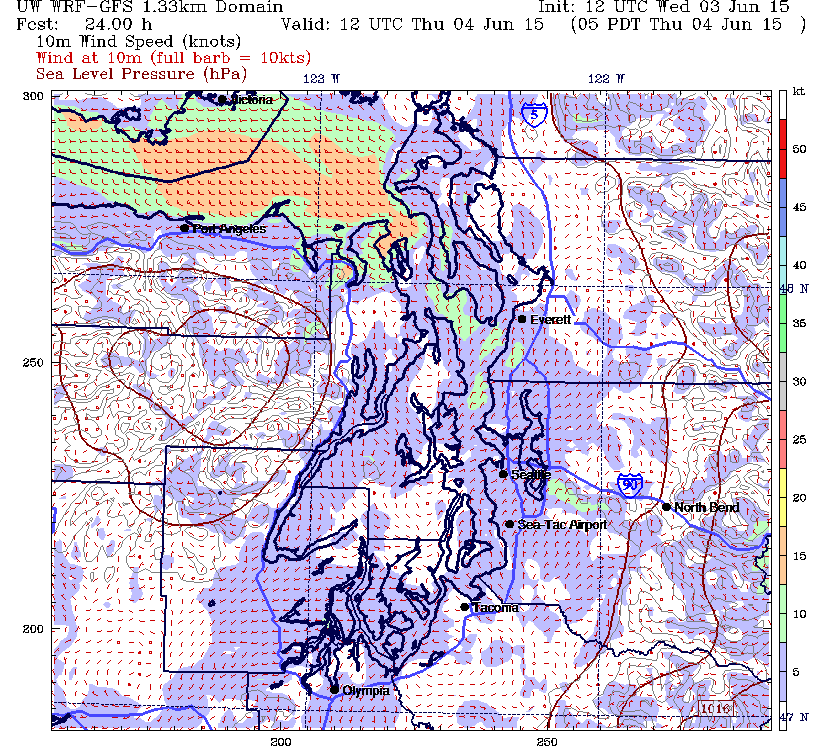
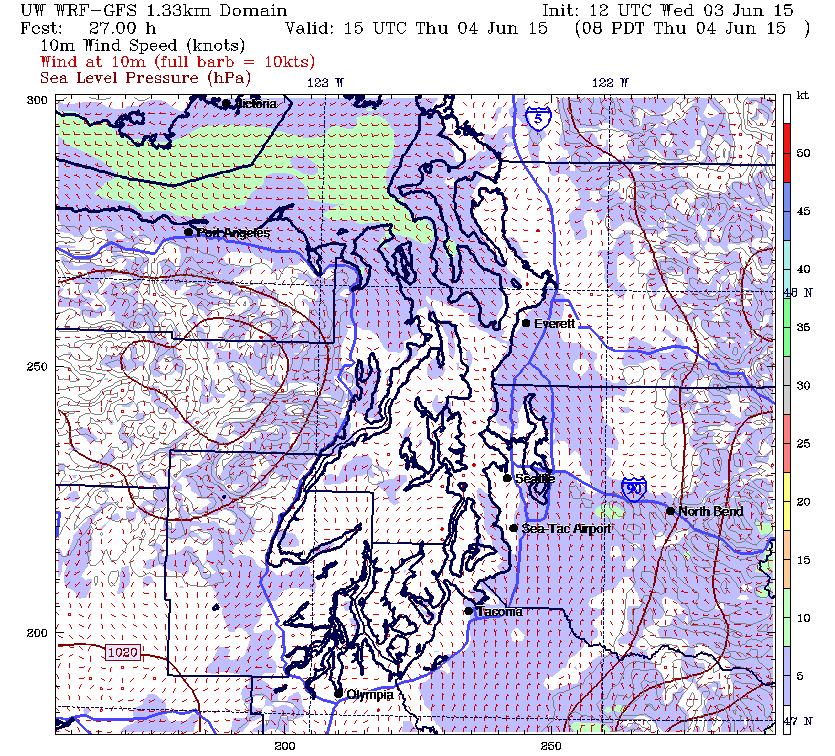
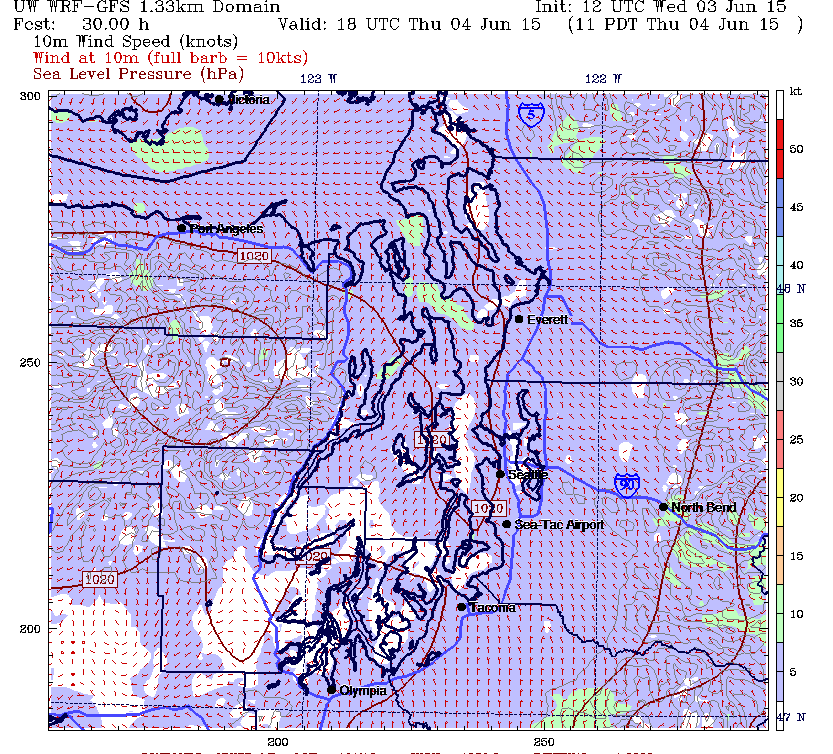
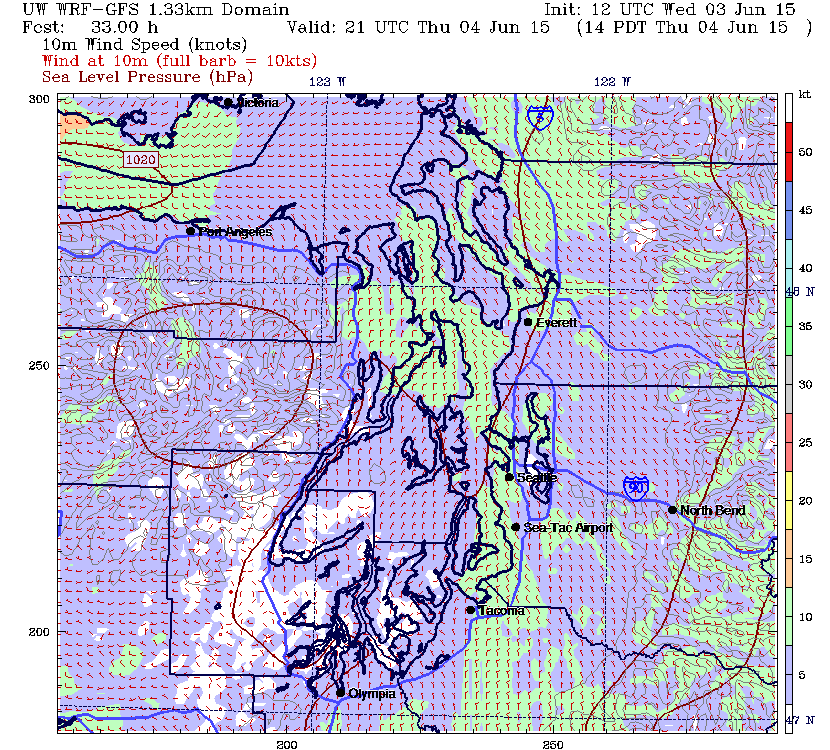
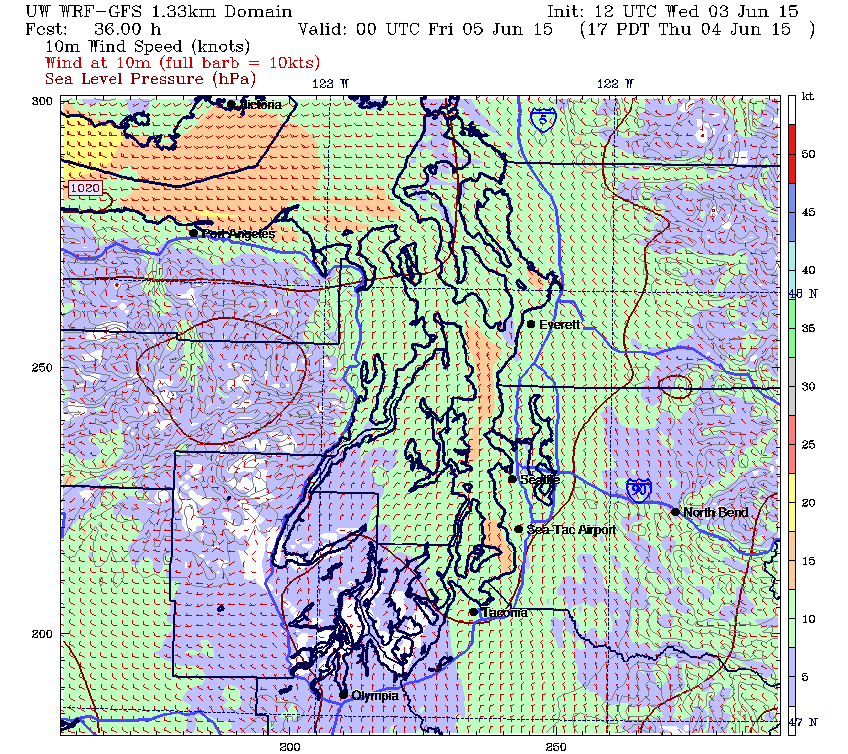
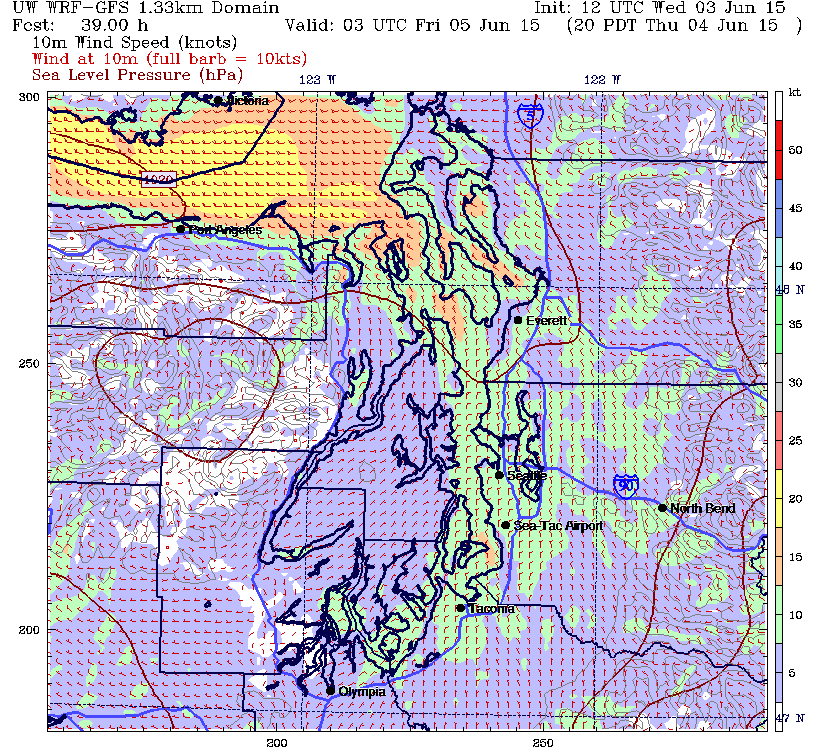
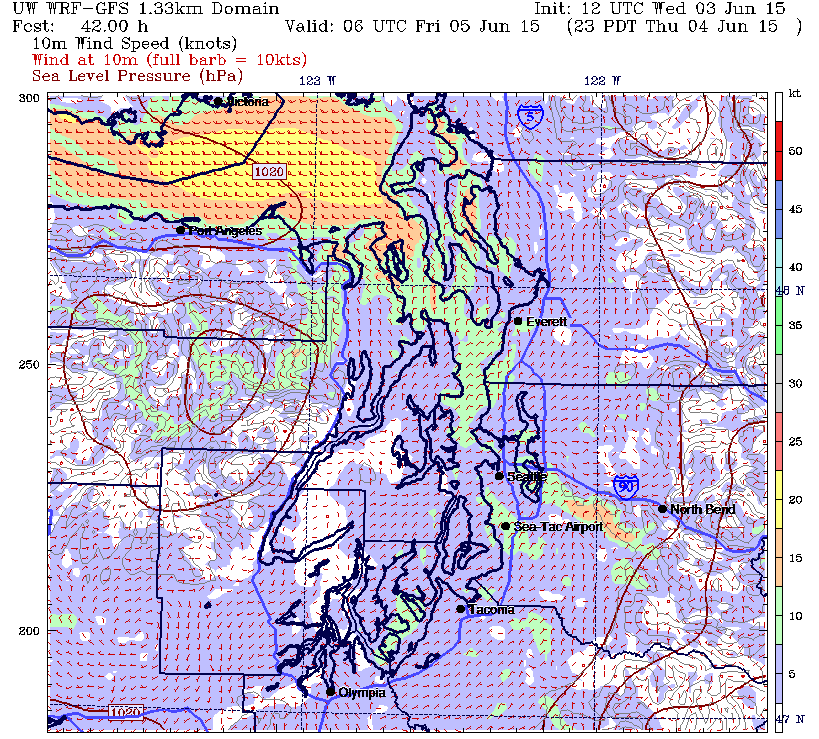
The challenge here is that when the ebb tide meets the westerly at the sill in Port Townsend it is not unlike trying boat in a Waring blender. The worst seas are in the area of the highest tidal current velocity. The rowers and paddlers could avoid this by working the beach at Pt. Wilson however that will mean losing the ebb tide advantage which will be 3-4 knots. The worst of the rips will end about .5 mile past the red bell buoy “6” just NNW from the Point Wilson light. And remember, this will be a relatively light hint of what’s to come. After that, just aim for Victoria but watch your drift and set. Remember that after 1100 hours the flood tide will be pushing you up into Islands and it floods harder along the beach between Esquimalt and Trail Island than offshore a couple of miles. As soon as you detect the flood crank in a few degrees of port heading so you’re aiming to pass just south of the Constance Bank. Once you’re past the Bank aim to the west of the Harbor entrance to Victoria. You don’t want to be swept past the entrance and have to row or paddle against the hard flood that flows along that shore east of the entrance.
The sailors will love this as they can just put it hard on the wind on port tack as long as the wind is from 270⁰ and be on the favored tack to Victoria. If the wind clocks beyond 270⁰ then take a short hitch to starboard in the vicinity of the VTS Buoy north of McCurdy Point and sail to the southwest until you are about ½ way between the VTS Buoy and Violet Point on the east end of Protection Island.
You’ll do this because it will keep you in the stronger part of the ebb and more importantly keep you on the inside of the port tack lift that will be coming once you get past Dungeness Spit. The wind will start dropping in velocity after about 0900 hours and you’ll want to be north of line from the Dungeness Light to Point Partridge on Whidbey. This will keep you in slightly more wind and the wind should be from 270⁰. Below the line, the wind will be from 290⁰ to 320⁰ making it tougher to get west and into that port tack lift.
After about 1400 hours the wind in the Straits will once again start to build from the west coming in at about 15 knots around 1600 hours and build to 20 knots by 2000 hrs. Hopefully you’ll all be done by then!
Good luck, be safe, have a great race and I’ll put together another forecast for the start of the leg from Victoria to Ketchikan.

